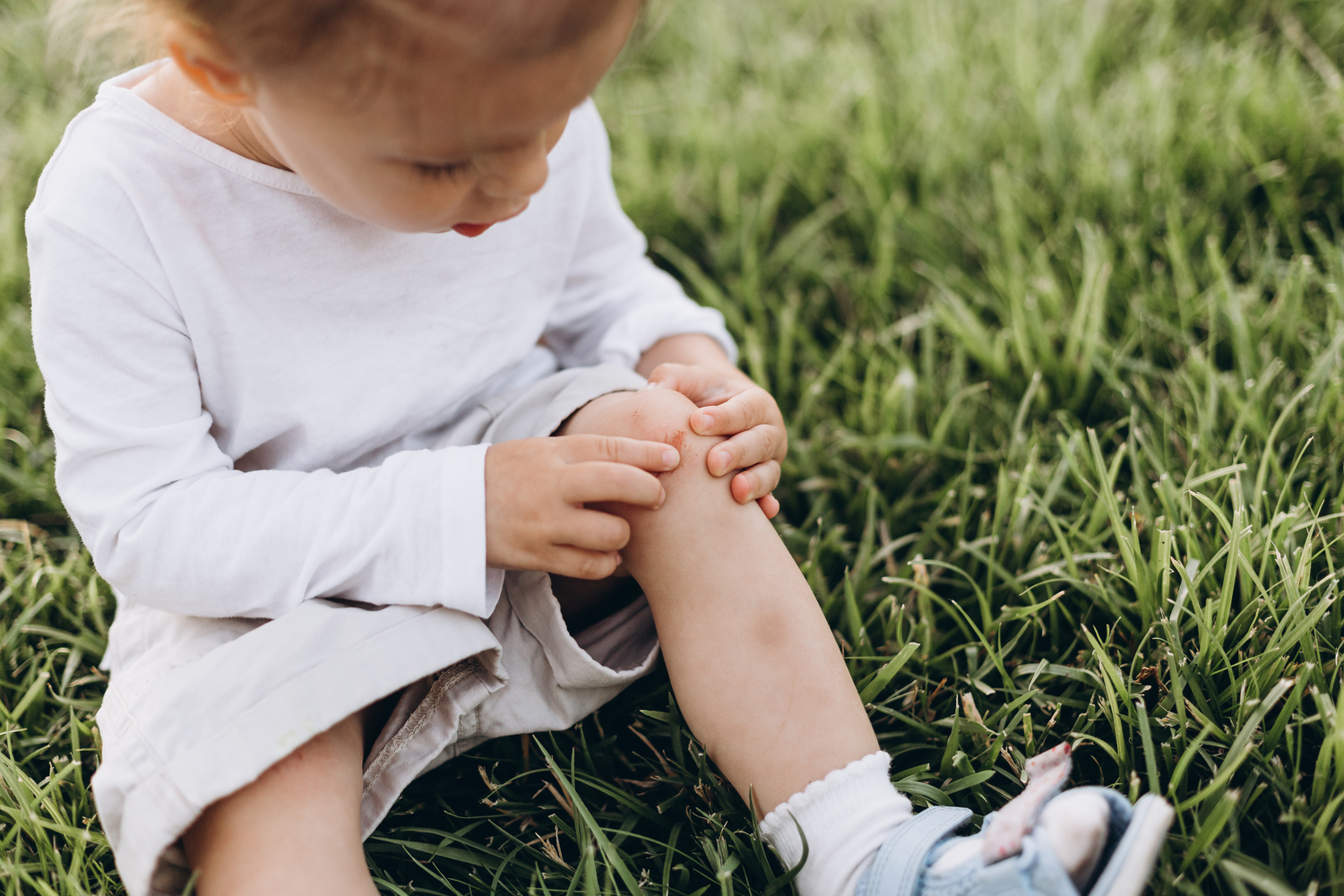
An Overview of Eczema in Babies and Kids
Dermatologists specify eczema as a form of atopic dermatitis, which affects babies and children more often and may require pediatric atopic dermatitis treatment and/or home remedy care. Eczema symptoms include itchy and dry skin that can lead to rashes, flare ups, and infections of the skin. Scientific researchers suggest eczema development can be linked to genetics or the environment.
This overview provides parents with tips and recommendations for treating eczema in babies and children:
1. Bathe with warm water
Use only warm water to bathe your baby or child and avoid bubble bathes. Purchase cleansers that are fragrance-free or mild. Dermatologists may recommend bleach baths to help treat severe eczema in kids. Limit bath time 5 to 10 minutes and rinse your baby’s body carefully.
2. Use cream or ointment
After bathing babies and kids, dry their skin gently by patting with a towel until nearly dry. Apply prescribed or over-the-counter ointments before moisturizing your child. Then, moisturize the body, including the area with the medicine. Use a non-fragrance moisturizer or petroleum jelly, which is effective and affordable to manage eczema.
3. Moisturize twice daily
Apply moisturizer or cream twice daily. It will prevent the skin from drying and cracking. Keeping your child moisturized as recommended can decrease and eliminate the need for medicine treatment.
4. Use products for sensitive skin
Wash children’s clothes using laundry products for sensitive skin. Choose laundry detergent, fabric softener, and dryer sheets that are unscented. Scented products can irritate the skin. Read the directions carefully to ensure you are using the proper amount of detergent and fabric softener per wash.
5. Remove clothing tags
Purchase your kid’s and baby’s clothes with no inside tags or remove the tag from the garment. Tags can cause itching of the skin.
6. Use a wet dressing
Your dermatologist may recommend using a wet dressing to treat eczema. The treatment can help the skin heal, relieve itching, and make ointment medicine more effective. A wet dressing is safe for kids and babies to reduce swelling and the sensation to scratch.
7. Shorten fingernails
Keep your child’s fingernails smoothly short to reduce scratching and avoid skin punctures. For babies and toddlers, put on gloves made of cotton material when you put them to bed. The gloves will provide protection while they are sleeping.
8. Keep the temperature comfortable
Ensure the temperature and humidity levels in the home are comfortable for babies, toddlers, and children. Avoid keeping your home too warm. The heat causes the air to dry and triggers eczema symptoms, including skin flare ups, rashes, irritation, and the urge to scratch.
9. Use oral antihistamines for babies
Dermatologists can prescribe your baby oral antihistamine medication as a pediatric atopic dermatitis treatment. For many years, medical physicians have been prescribing the medicine to babies to reduce itching of the skin. It may relieve the symptoms when ointments and creams are ineffective.
10. Talk to a doctor
Consult with your primary medical care giver before using any over-the-counter medicines to treat your child’s eczema. Although there is no cure for the disease, the care treatments and recommendations listed above are very helpful in reducing symptoms.




